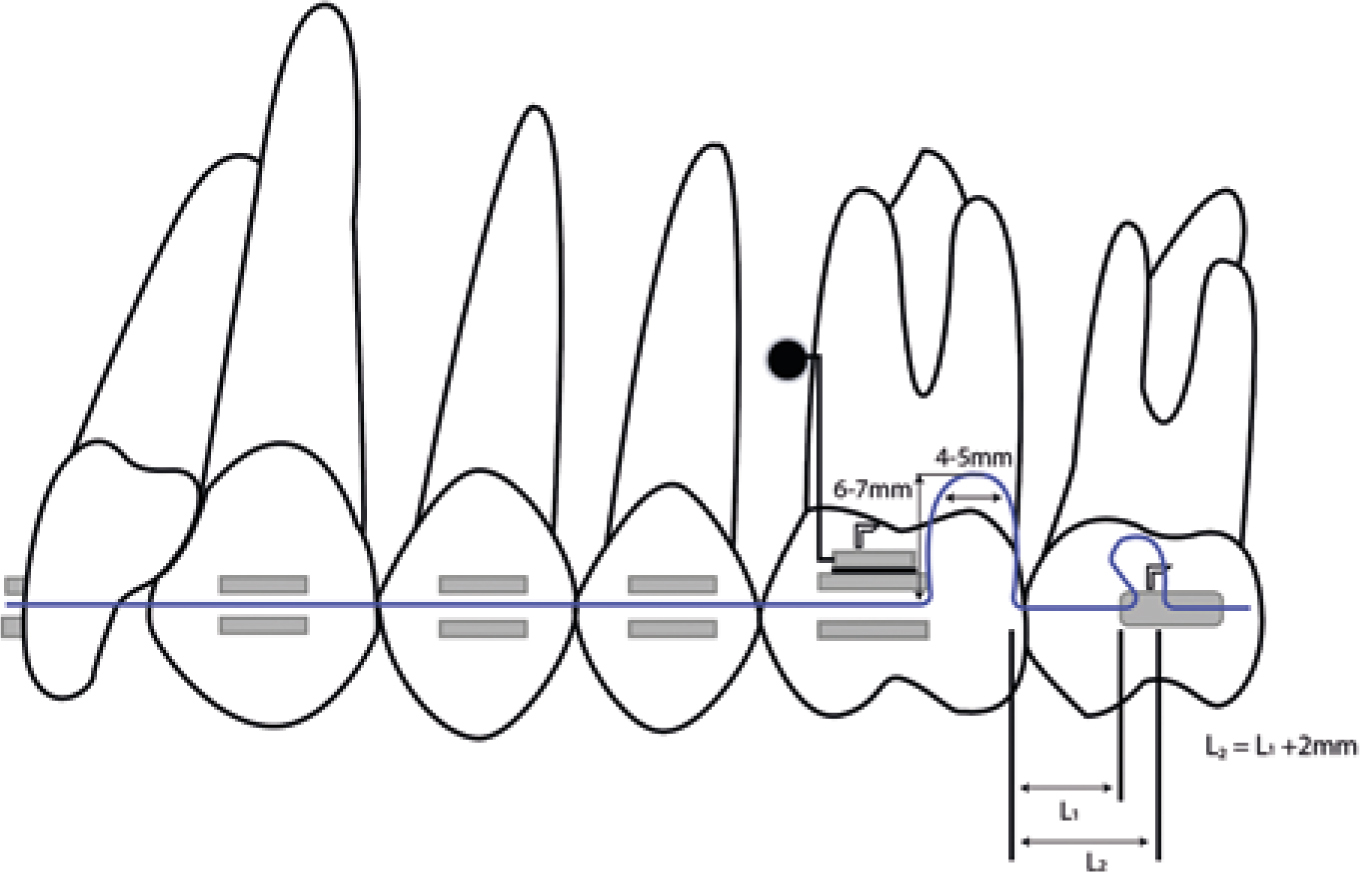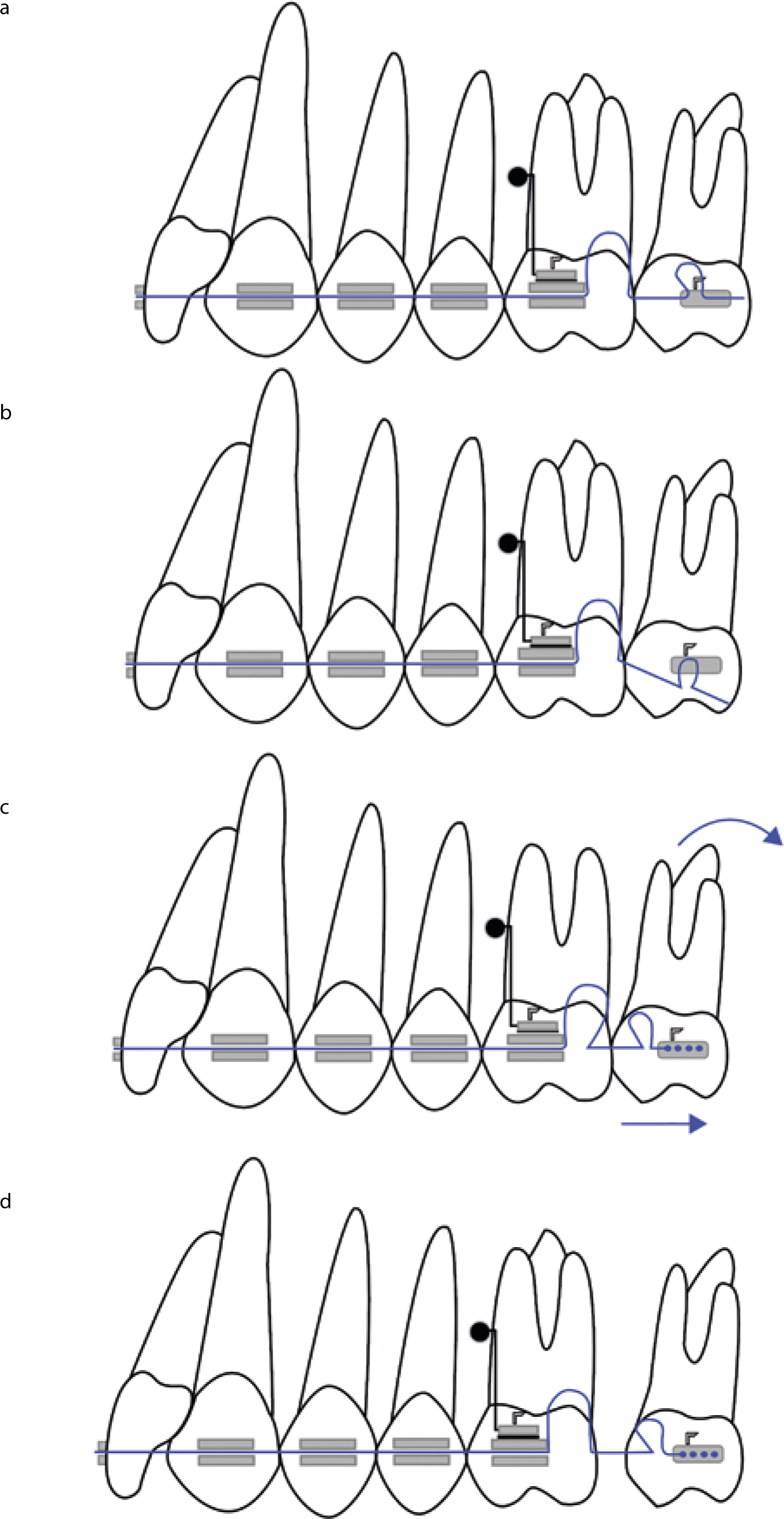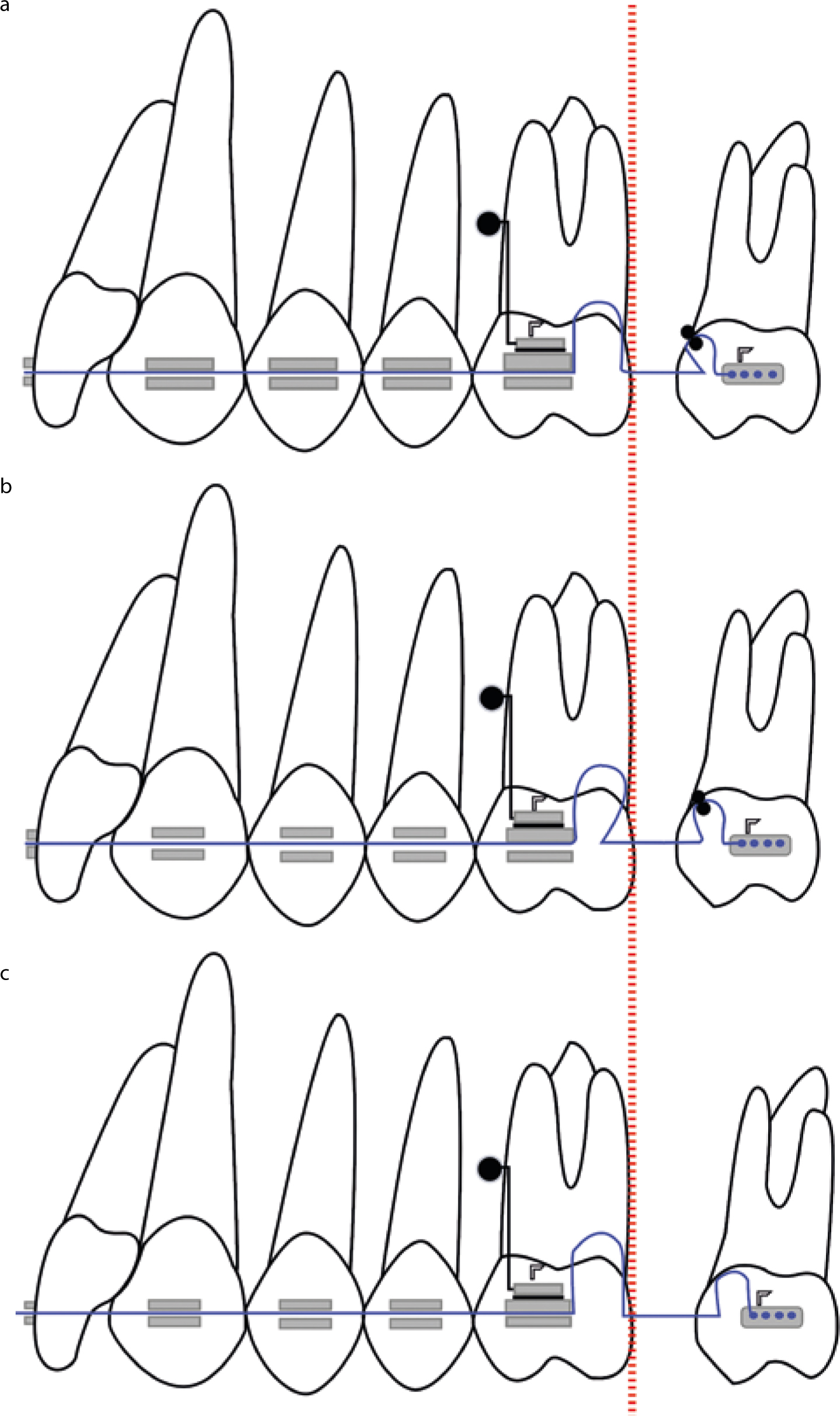Article
Loops are an integral part of orthodontic mechanotherapy. They deliver a predictable force system for an efficient tooth movement in the required direction. A simple, yet effective double loop archwire distalizer has been developed for molar distal movement. It can be used for bilateral or unilateral distalization in the maxillary or mandibular arch. This appliance has been found to be very useful, simple to apply, and easy to handle at the chairside.
Molar distalization for gaining space in the dental arch is a popular strategy among orthodontists. A number of clinical and research reports have demonstrated the efficiency of intra-oral molar distalizing appliances supported with miniscrews in the contemporary practice.1,2-3 This article showcases a simple tactic utilizing archwire loops for maxillary second molar distal movement. After a preliminary alignment and levelling, a continuous archwire set-up is designed with double loop archwire distalizer. When the double loop archwire distalizer is used to move the molar tooth distally, the activity of the loops invites anchorage loss in the mesial direction too. To prevent this, a miniscrew could be inserted buccally between the second premolar and first molar, although other sites may be appropriate.
Fabrication




Discussion
The engagement of the omega loop into the tube of the second molar compresses the open vertical loop, and so the deactivation of the open loop distally drives the second molar. The 20° bend produces a moment that counteracts the tipping movement created by the force of the appliance, and closing the open vertical loop would place it further at an angle that in itself generates an activation moment in the desired direction. Thus the molar undergoes a translatory movement instead of tipping (Figures 2c, d). Further, the activation of the double loop archwire distalizer conforms to the biomechanical principle, as outlined by the Bauschinger effect, which states that the range of activation of a loop is always greatest in the direction of the last bend.4 Furthermore, a double loop archwire distalizer is a fail-safe design.
